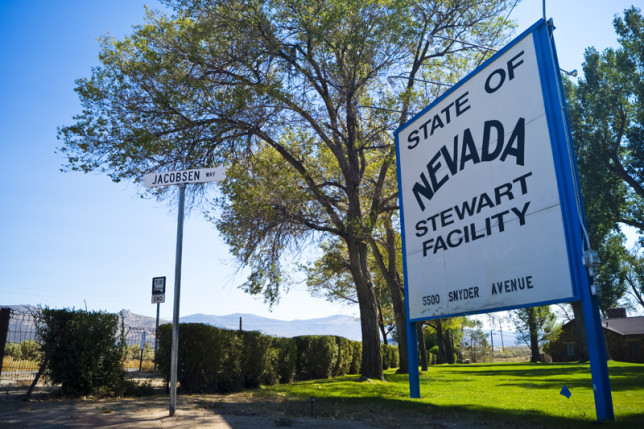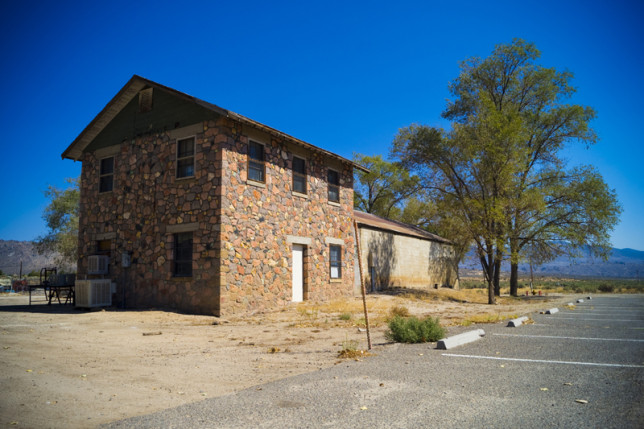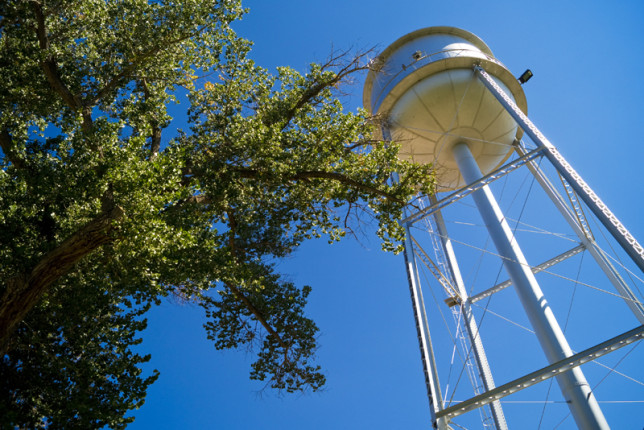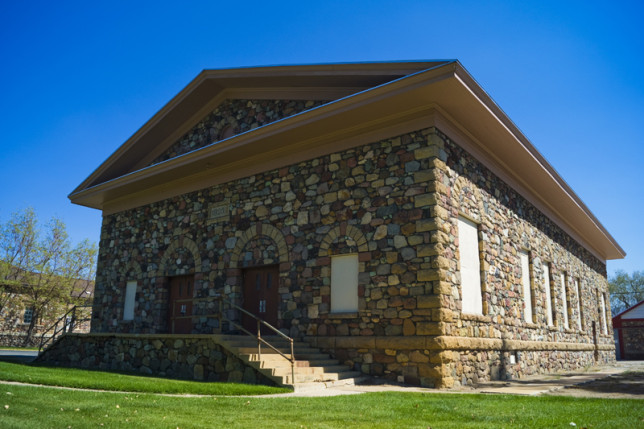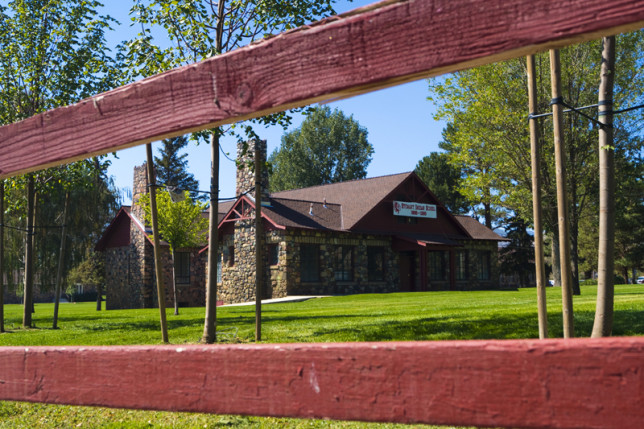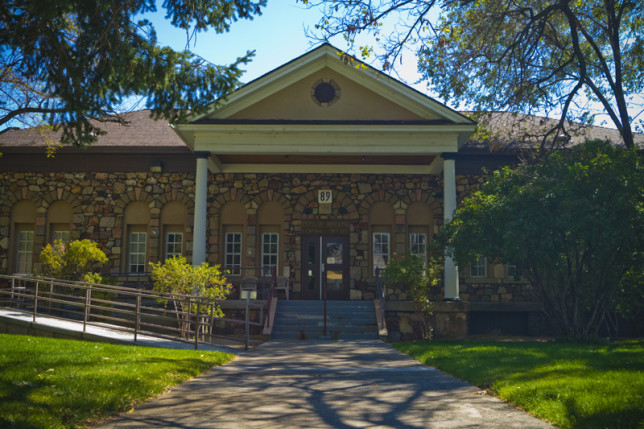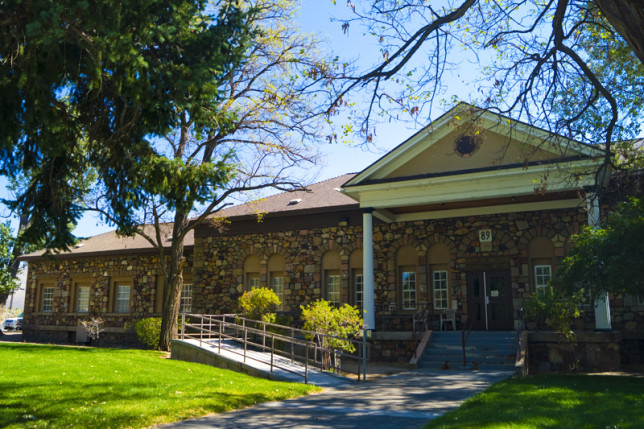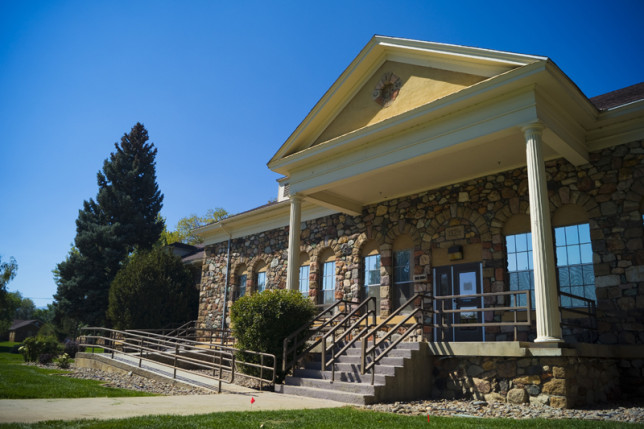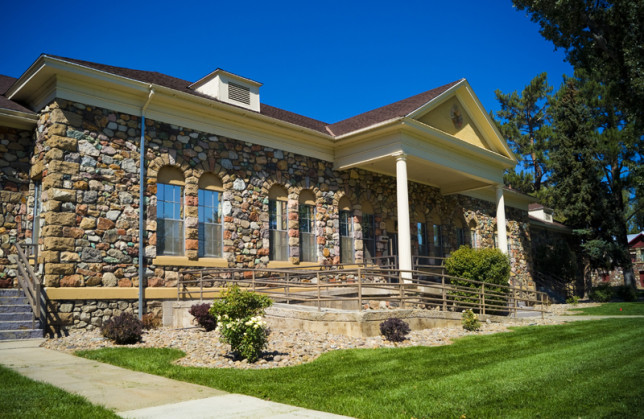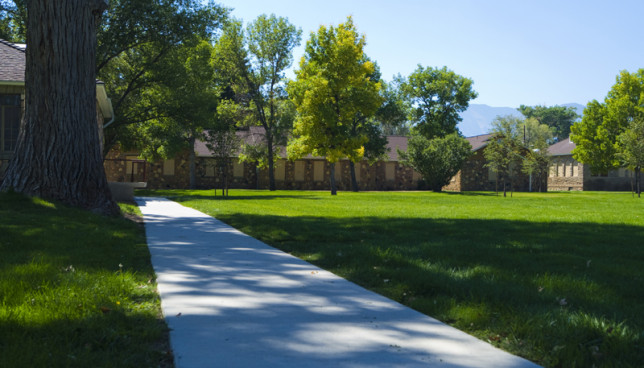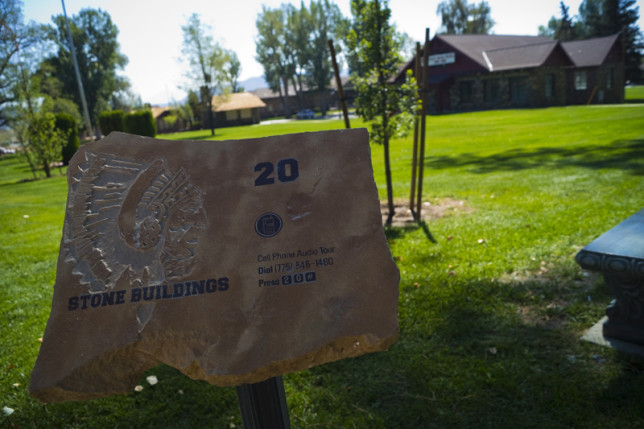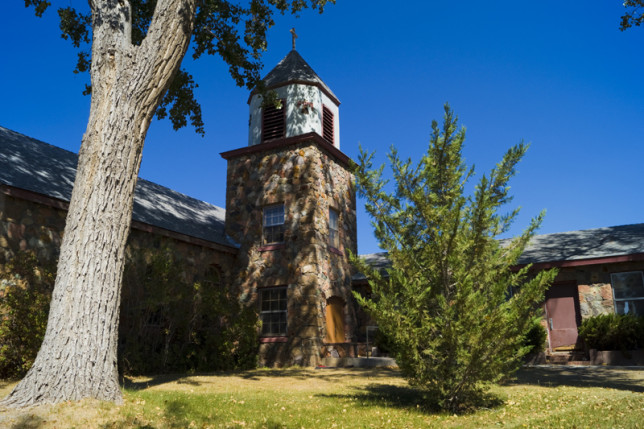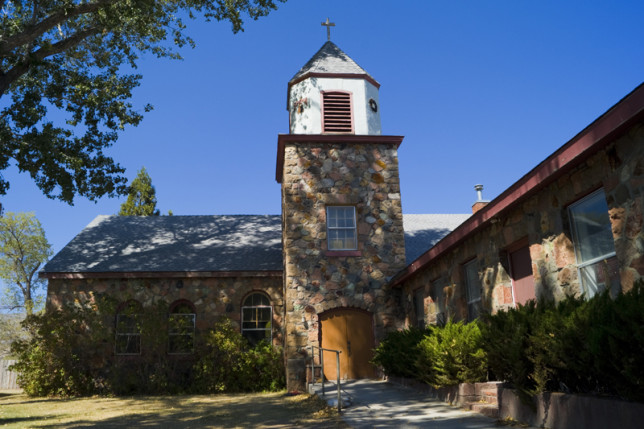September 21, 2015
Anyone who’s taken a high school history class can tell you that these days, history textbooks are huge. Encyclopedia Britannica huge. And expensive, sometimes costing over $100. But for all those thin pages covered in thick, dense, small-scripted words, there are a lot of things history books tend to leave out. Things like the Japanese internment camps, CIA experiments on unsuspecting citizens, and of course the United States involvement with Native Americans. Much of their history or culture is never taught in modern public schools, except for things like the infamous trail tears. The legacy of American’s original inhabitants, however, is a very important and very interesting part of history, and that’s why this week I headed out to the Steward Indian School located in Carson City, Nevada.
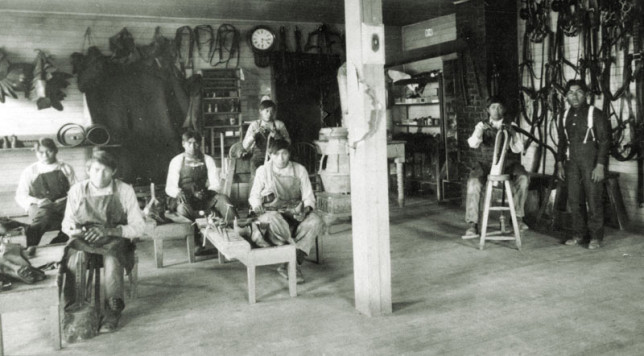
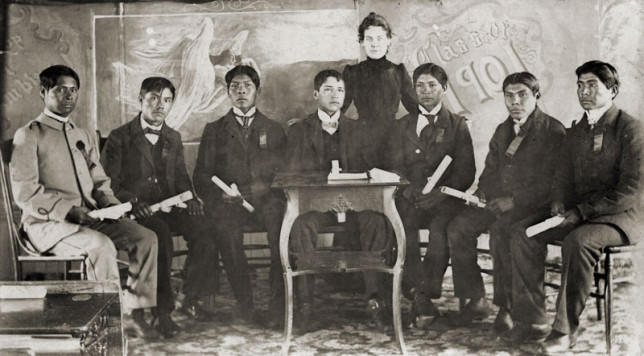
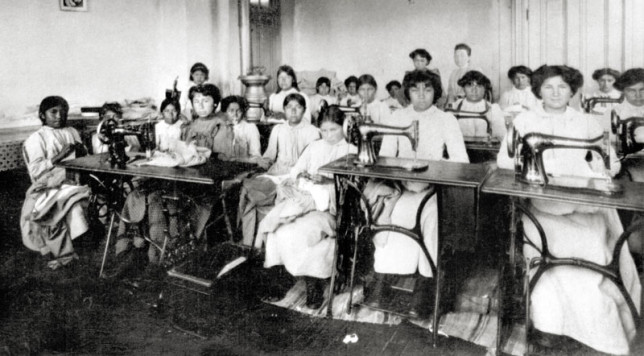
The school, named for Nevada’s first senator William M. Stewart, opened on December 17th, 1890, with 37 students, three teachers, and a capacity for 100 students. The focus of the school during its early years was to assimilate the Native American children into American culture, with vocational classes such as farming, ranching, and mechanics, for boys, and for girls, classes such as nursing, baking, cooking, sewing, and laundry. In fact, the students with their newfound skills became responsible for many of the school’s basic needs. Unfortunately, many students during Stewart’s nascent years suffered as a result of the policies of assimilation; students were not allowed to speak their native language or practice their native culture.
The school grew quickly in size, as Native American children from all over the west were forced to attend the state’s only off-reservation boarding school (and the only federal school created by state legislation). By 1919, the Stewart Indian School had grown from 37 to over 400 students comprised of dozens of different tribes, including the Nevada-based Washoe and Paiute, as well as Hopi, Apache, Pima, Mohave, Walapai, Ute, and Pipago.
1919 also saw the appointment of Frederick Snyder as the school’s superintendent, who would become one of the most important and influential of the Indian School’s leaders. Between 1922 and the beginning of WWII, Snyder oversaw the construction of a majority of Stewart’s facilities, making use of natural colored stone quarried from along the Carson River. Much of the masonry and construction of the school’s buildings was completed by apprentice students using Hopi techniques, giving the school a historic and uniquely authentic look. Snyder’s efforts and direction saw the school transform into a densely wooded and finely crafted installation, rivaling in beauty and architectural prowess many American schools. The Stewart Indian School would eventually grow to contain 83 buildings on109 acres of land and a 10,000 gallon water tower.
The 1960’s saw yet another transformation with shift away from assimilation and toward academics. By this time, however, the school was entering its final years, and would finally close after almost 100 years in 1980, due to budget cuts and earthquake safety concerns about the many of the schools structures.
Today, the Stewart Indian School is owned by the state of Nevada, and is part of an Indian community established on the school’s former grounds by the Washoe Indian tribe. Most of the original structures remain standing and in fact are currently in use by the state for various offices and training facilities. Looking at the historic buildings, the attention and skill of the masons is clear, and many of the buildings contain bricks stamped with dates going as far back as the early 1920’s, marking their completion.
Some photographs of the school as it looks today:
The Stewart Indian School is a beautiful, historically significant gem hidden in plain view, and definitely worth a visit. Unfortunately, access to the school is limited due to its continued use by law enforcement and State of Nevada. After spending a little over an hour photographing some of school’s buildings, I was asked to leave by a facility official who stated that official permission was needed to be on school grounds.
Still was a great adventure, and I’m glad I was able to visit, if only for a little while, this historic area. Stay tuned for next week’s Oh-Venture!
